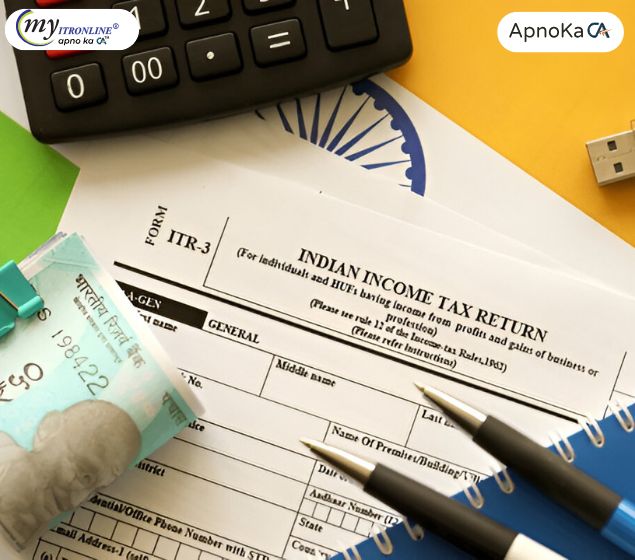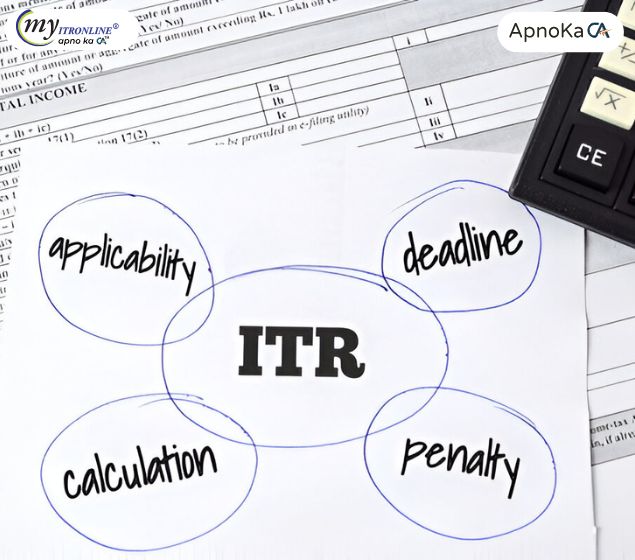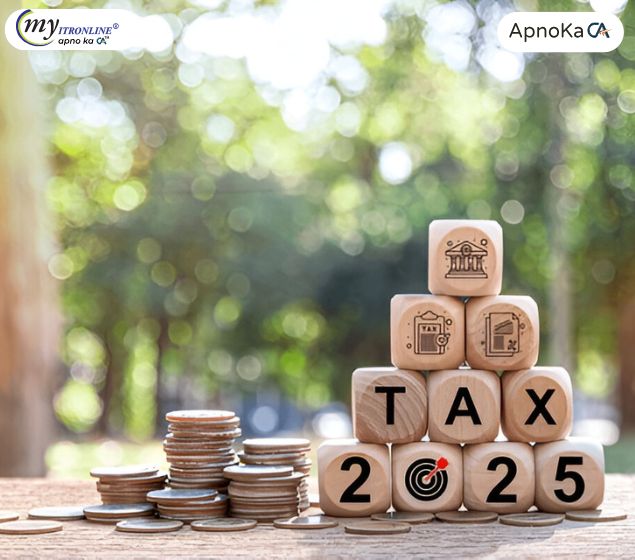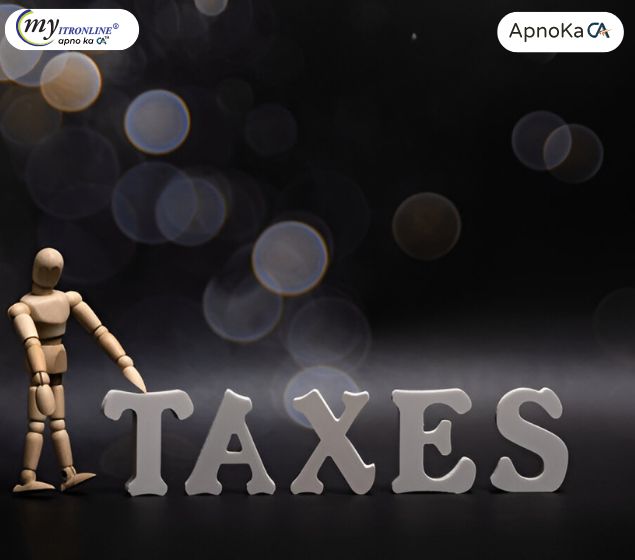# indiatax
12 posts in `indiatax` tag

ITR-3 AY 2025-26 Key Changes: CBDT Notification & Updates Guide
CBDT has notified ITR-Form 3 for Assessment Year 2025-26 (FY 2024-25) via Notification No. 41/2025. This affects Individuals/HUFs with business/professional income. Key updates include a split Capital Gains schedule (pre/post July 23, 2024), new conditions for claiming share buyback loss (post Oct 1, 2024), an increased asset/liability reporting threshold to ₹1 crore, addition of Sec 44BBC reference, enhanced reporting for deductions like 80C & 10(13A), and mandatory TDS section code reporting. Taxpayers should review these changes for compliant filing.

AY 2025-26 Tax Alert: Key Modifications in ITR-1 (Sahaj) & ITR-4 (Sugam)
This blog provides a detailed breakdown of modifications in ITR-1 and ITR-4 forms for Assessment Year 2025-26 based on a recent analysis. It explains the new allowance for minor LTCG under Sec 112A (up to ₹1.25 lakh) in both forms, the enhanced conditional presumptive tax limits under Sec 44AD/44ADA linked to digital receipts, and common changes. These common changes include expanded disclosures for Form 10-IEA (new tax regime opt-out), mandatory specific clause selection for Chapter VI-A deductions, enhanced reporting for Sec 89A (foreign retirement income), compulsory disclosure of all active Indian bank accounts, and mandatory selection of a refund account. The post advises taxpayers on how to prepare based on these specific updates.

Understanding ITR: Your Definitive Guide to Income Tax Returns in India (2025)
This guide explains Income Tax Returns (ITR) in India for AY 2025-26. It defines ITR, outlines the significant benefits of filing (like refunds, loan proof), details who must mandatorily file based on income thresholds (e.g., GTI > ₹3 Lakh in new regime) or specific high-value transactions (deposits > ₹1 Cr, foreign travel > ₹2 Lakh etc.), and clarifies exemptions, including the specific conditions for senior citizens over 75 under Section 194P.

Short-Term Capital Gains Tax Explained (India 2025): 15% vs Slab Rate
This post explains Short-Term Capital Gains (STCG) tax in India for 2025 (FY 2024-25 & 2025-26). It defines capital assets, details holding periods for STCG classification (e.g., <=12 months for listed equity, <=24 months for property, <=36 months for others), explains STCG calculation, outlines tax rates (15% under Sec 111A for STT-paid equity/EOF vs. slab rates for other assets), and covers loss set-off/carry forward rules and ITR reporting.

India's New 1% TCS Rule: What Buyers & Sellers of Luxury Goods Over 10 Lakh Must Know
This post details India's new 1% Tax Collected at Source (TCS) regulation, effective April 22, 2025, under Section 206C(1F). It applies to specific luxury goods (watches, art, yachts, etc.) when the sale value exceeds ₹10 lakh. The article explains the TCS mechanism, lists affected items, clarifies calculation, outlines buyer and seller responsibilities, differentiates it from Section 206C(1H), and highlights that the TCS paid is adjustable against the buyer's income tax liability.

How to File Form 10AB Online: Final & Renewal Registration Guide (India)
This guide details Form 10AB, used by Indian charitable trusts, NGOs, and institutions for final or renewal registration/approval under Income Tax Sections 12A, 80G, and 10(23C). It clarifies the difference between Form 10A (provisional) and 10AB (final/renewal), outlines who must file, and explains the benefits and process of filing online via the Income Tax e-Filing portal. The post covers required documents, crucial deadlines (including the 6-month rules), discusses past extensions (like the June 30, 2024 deadline), the new condonation of delay facility, and the outcome of filing (5-year validity via Form 10AC).

India Income Tax: Section 194LBA and TDS for Business Trusts
This blog post explains Section 194LBA of India's Income Tax Act, detailing the Tax Deducted at Source (TDS) rules for income distributions (interest, dividend, rent) from Business Trusts (REITs and InvITs) to resident and non-resident unitholders, including rates, compliance, and consequences.

Avoid Penalties: The Advance Tax Guide for Indian Influencers (2025)
This guide explains the concept of Advance Tax and its applicability to Indian content creators (YouTubers, bloggers, influencers) for the Financial Year 2025-26. It details how to calculate the liability, discusses the Presumptive Taxation scheme (Sec 44AD/44ADA), outlines payment due dates and methods (Challan 280), explains penalties for non-compliance (Sec 234B/234C), and provides practical tips for creators to manage their tax obligations effectively.

Maximize Tax Savings: How to Claim Both 80C & 80CCD Deductions (AY 2025-26)
This guide explains how taxpayers can claim deductions under both Section 80C and Section 80CCD (NPS) of the Income Tax Act for AY 2025-26. It details the limits and interaction of 80C, 80CCD(1), 80CCD(1B - additional ₹50k), and 80CCD(2 - employer contribution). The post clarifies that combining these benefits (up to ₹2 Lakh + employer contribution) is possible under the Old Tax Regime, while only 80CCD(2) is available under the New Tax Regime. An example illustrates maximizing deductions under the Old Regime.
.jpg)
Tax Reforms for LLPs & Partnership Firms: What’s Changing in April 2025?
With effect from April 1, 2025, the Finance Act implements major income tax reforms for partnership enterprises and limited liability companies in India. This article examines the changes that are expected, their possible effects, and practical measures that companies may take to ensure a seamless transition.
.jpg)
Tax Advantages for Various Income Levels (0–24 Lacs) – A Detailed Overview
This blog explains the tax benefits under the Finance (No.2) Act, 2024, for income levels up to ₹24 lakhs. Learn how the new tax slabs and rebates reduce tax liability and increase disposable income.

Understanding the Supreme Court’s Review of CGST Act Section 168A
The Supreme Court is reviewing the legality of CGST Act Section 168A, which allows deadline extensions for tax compliance. This blog delves into the implications for taxpayers, the legal challenges, and potential outcomes of this significant case.
